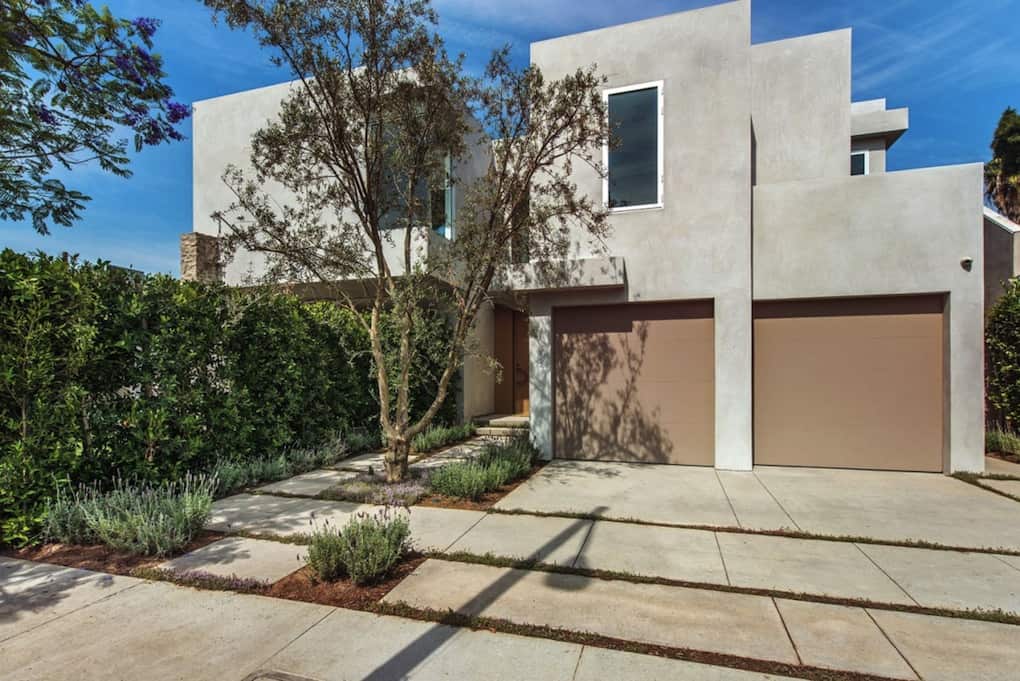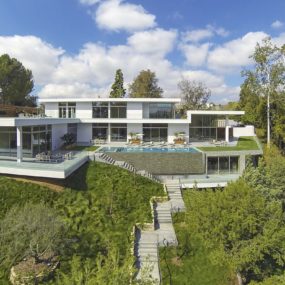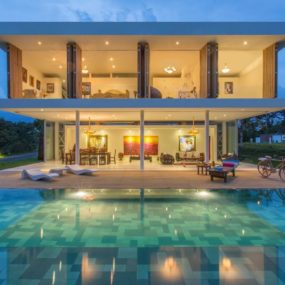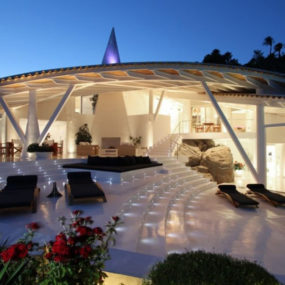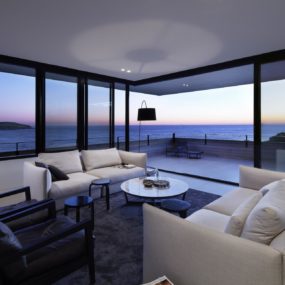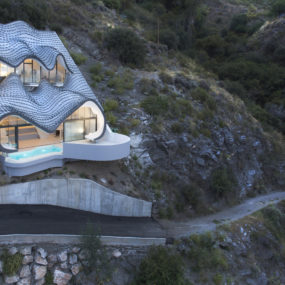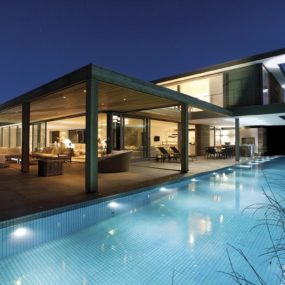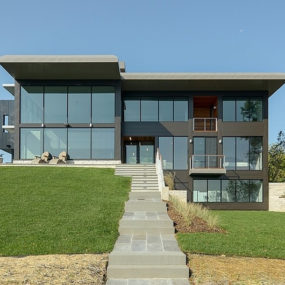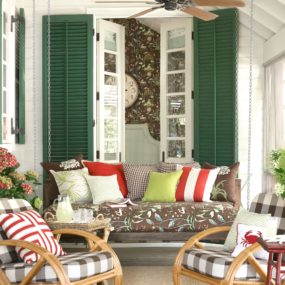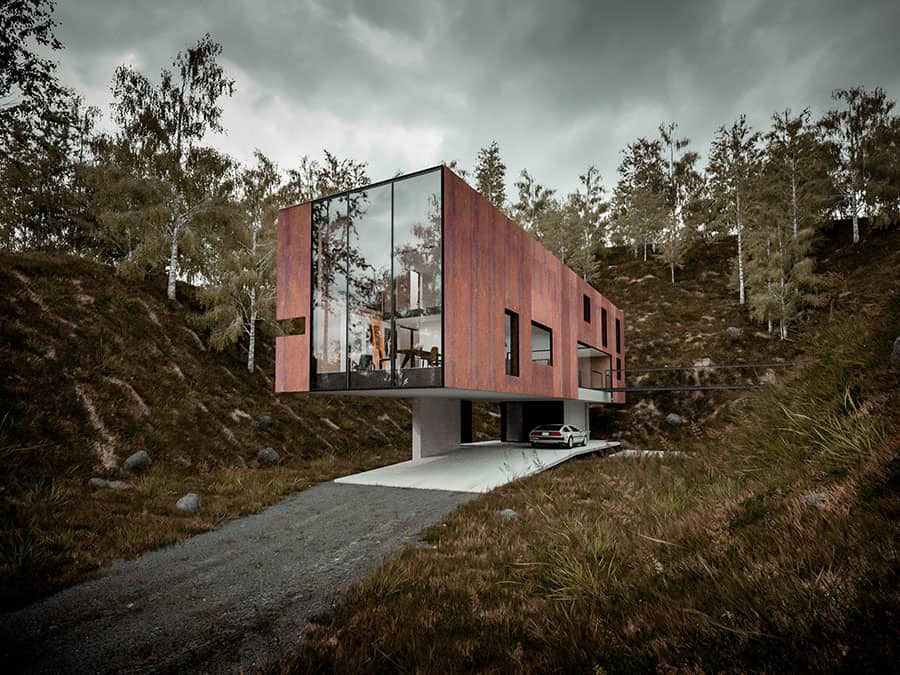
Set inside a disused rock quarry just outside the Welsh capital city, this impressive home’s architecture was formed by both artistic desires and practical necessity. Because of the uneven surfaces and compacted space at the bottom of the property, the house is raised a level above the ground, supported by deceptively thin pillars and by the rock face itself at key points. Its walls draw inspiration from local textures, while its windows are spaced and placed in a calculated manner for the photographer who owns the dwelling. Those windows take up a significant portion of the exterior surface, but intelligent panel designs are used on each side to obscure the view inward. The house also has a slew of built-in deck at corners and within, straddling the line between indoor and outdoor space. Each of these decks has a specific purpose, and each contributes in a unique way to the overall layout of this compelling design.
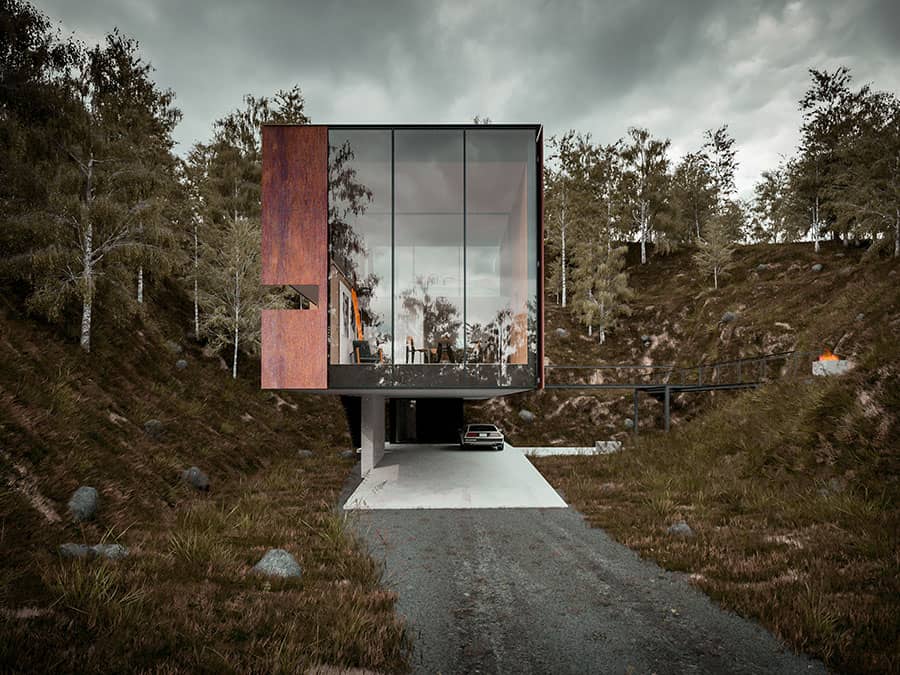
The home’s most stunning angle is directly from the front, where one thin pillar seems to singlehandedly hold up the entire structure hanging over the carport below. Here, in front of the dwelling’s main rooms, three uninterrupted vertical panels soar two stories tall, giving a distinctly vertical profile to the structure. Meanwhile, an extension of the rust-colored wall covering wraps around the side, breaking up the profile and adding visual interest.

The front left corner of the building contains a unique feature, a small deck off the main room with a slit in the front that highlights far-off views perfectly from a seated position. This deck is one of many which seem partially indoors, fully contained within all but the outermost side walls of the residence.
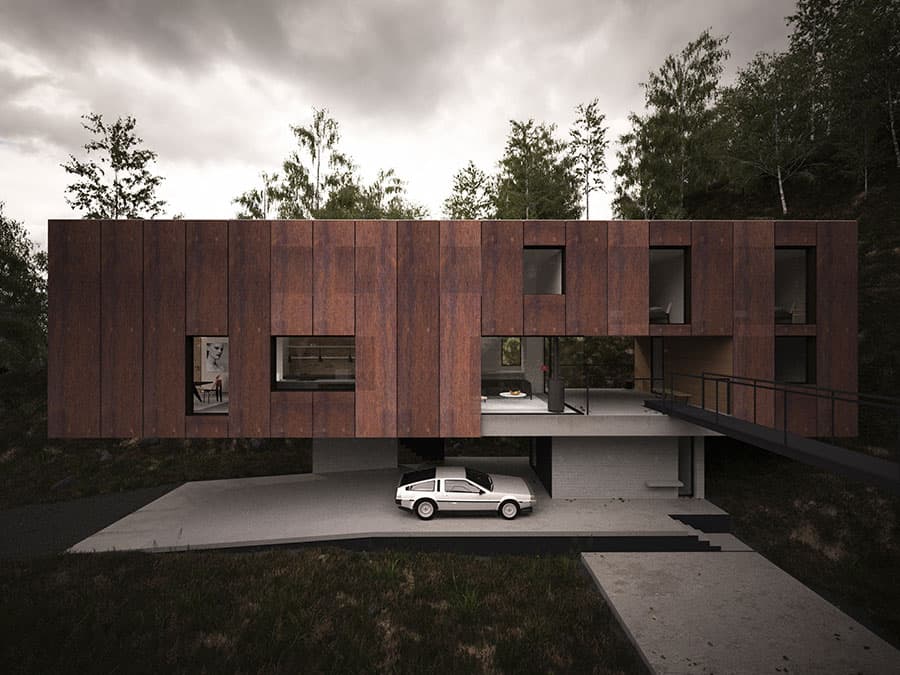
The various weather panels which make up the facade of the home are done in two subtly different styles, one of which allows light in to reach hidden windows in private rooms. The distinctions can be made out vaguely on the sixth, seventh, eighth, tenth, fourteenth, and seventeenth panels from the left on this edge of the dwelling. From afar, the slight change is hue is invisible.
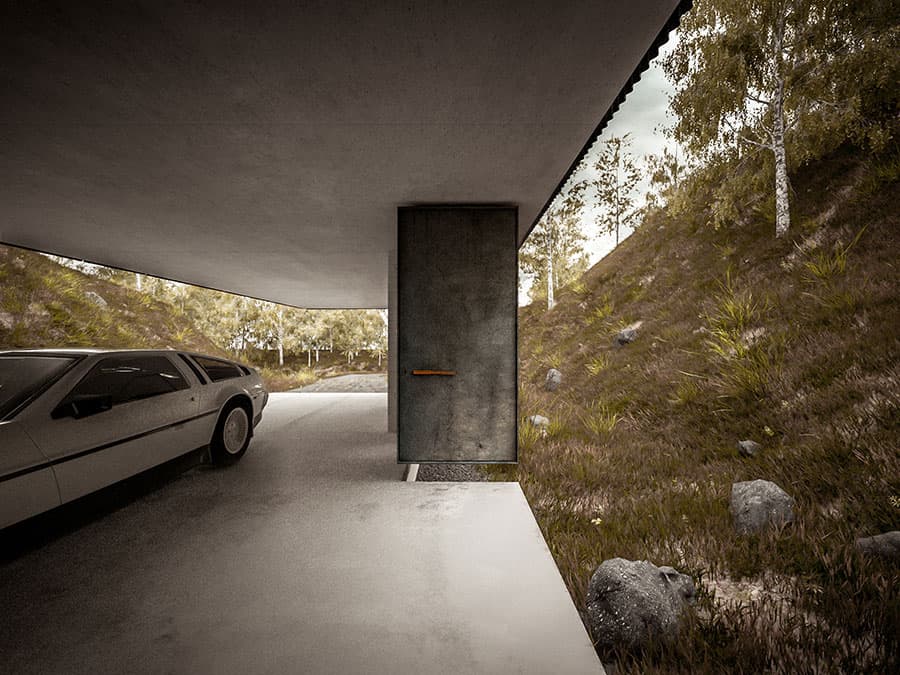
The space beneath the elevated house is not wasted, playing host to the homeowner’s vehicles as well as an entryway and storage area which leads up into the main floors.
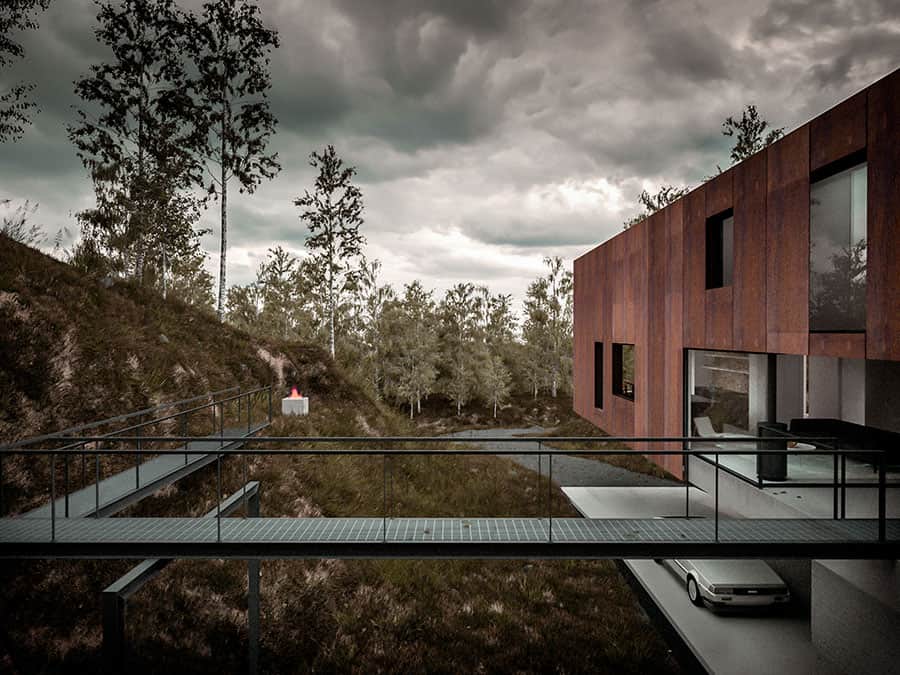
An interesting metal bridge forms a footpath from another of the home’s indoor-outdoor spaces up out of the quarry, allowing somebody to enter and exit without having to use the bottom-level stairs.

This open-air living room, spanning the full width of the residence, provides a buffer zone between the glass-encased public rooms and the more isolated private spaces of the home.
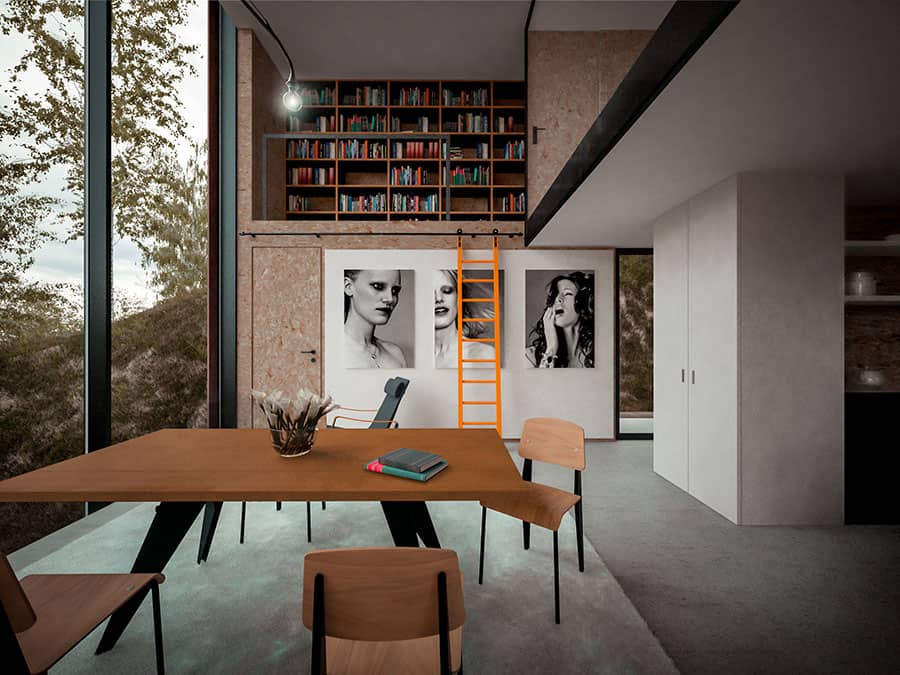
Much of the interior is formatted without barriers between the first and second floors, and ladders are sometimes used in the place of stairs to save space. Many walls, especially those leading to exterior spaces, are covered in smooth-coated plywood.
Hyde + Hyde Architects
